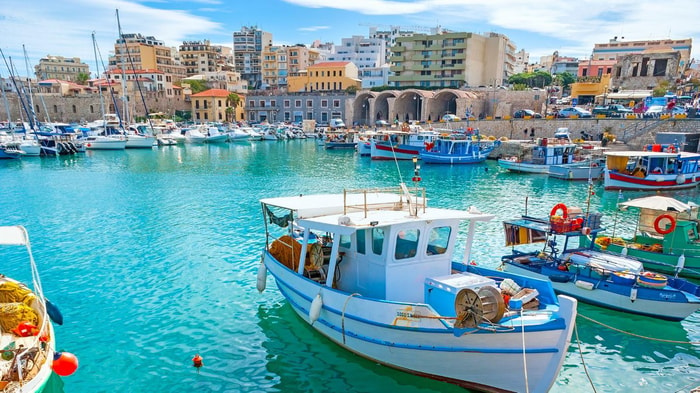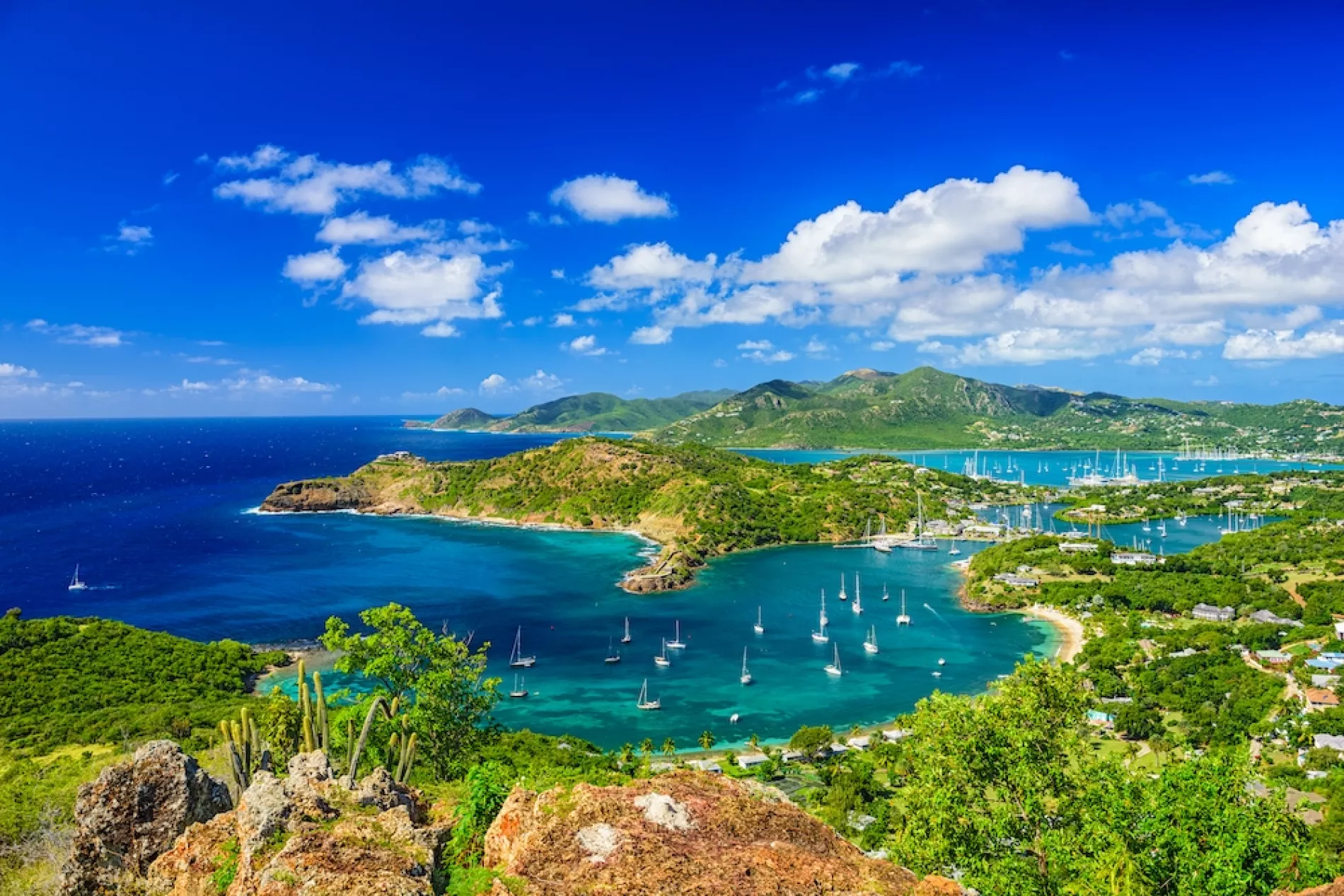Mediterranean
Family friendly - Azura offers the perfect balance, bringing the opportunity to enjoy quality time together as well as time separately. From hassle-free meal times to carefree days out, we really have got it all covered.
Welcome to the P&O cruise experience - where quality and value abide in perfect harmony.
P&O Cruises offer a distinctive style that appeals to both new and veteran travellers alike, with trademark sailings providing opportunities for the whole family to enjoy.
Cruises for those seeking an adult-only vibe are available, while those who prefer smaller ships can choose from more modest vessels.




Family friendly - Azura offers the perfect balance, bringing the opportunity to enjoy quality time together as well as time separately. From hassle-free meal times to carefree days out, we really have got it all covered.



